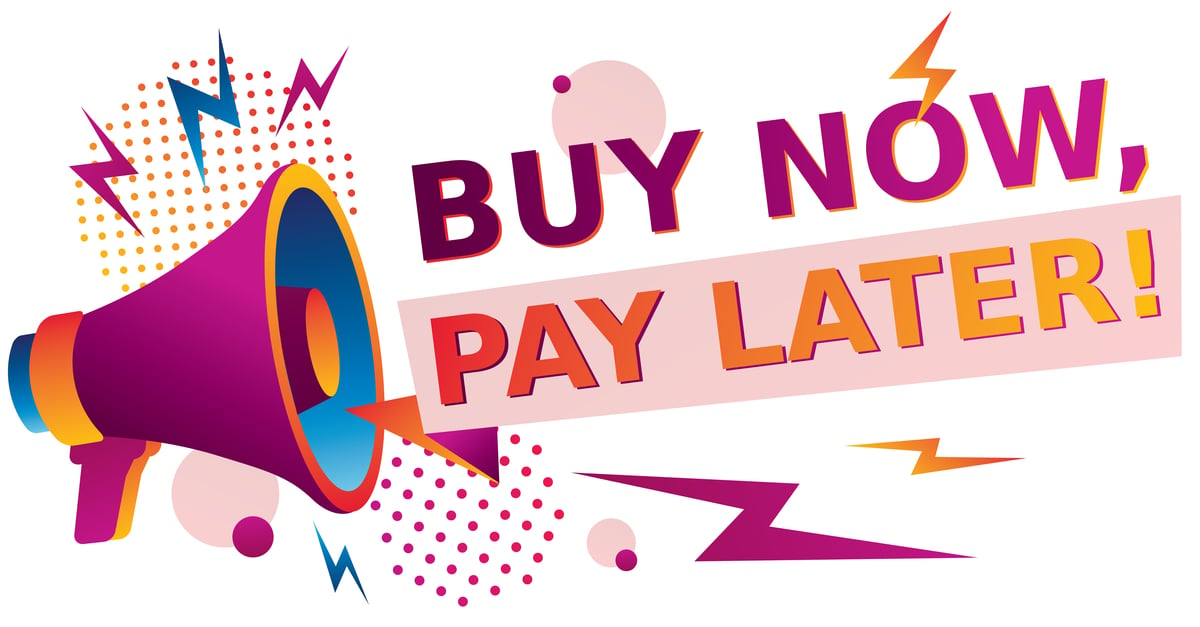Consumers and businesses alike are being faced with a challenge in the modern era of shopping: nobody is quite sure when the funds for purchases should be handed over to retailers. The traditional retail transaction involves consumers handing over money (in one form or another) as soon as they make a purchase; but now, several companies are offering "buy now, pay later" options to allow consumers to delay giving up their hard-earned cash.
The buy now, pay later (or BNPL) process involves specialised credit lines designed to make it easier for consumers to pay for goods and services. These lines of credit tend to be low- or no-interest and are crafted to serve as an incremental payback system for buyers.
As of right now, there are six third-party buy now, pay later providers that are approved by the Australian Securities and Investment Commission (ASIC). The most popular amongst these is undoubtedly Afterpay, but the list also includes the likes of zipPay, Openpay, and other delayed payment options.
But how does enabling this form of payment impact the way that a company does business? Does it do more harm than good, or is it a tremendous benefit that can't be overlooked? Below, we'll cover a few of the pros and cons of using buy now, pay later systems for small businesses.
The Pros and Cons of Buy Now, Pay Later
They Make Customers Out of Browsers
Every business owner is familiar with the browser. They spend an inordinate amount of time in your shop, pick a few things up just to put them down, and seem to read labels and pricetags incessantly. It can be frustrating to watch a potential sale float from place to place before eventually disappearing.
If you integrate a buy now, pay later system into your payment options, browsers like these could be much easier to convert into paying customers. One fashion retailer even reported a 20% increase in sales after implementing BNPL services. In a competitive retail environment, BNPL may be just the edge you need to get ahead.
Improvements to the Customer Lifecycle
The customer lifecycle encompasses everything from when a consumer first hears about your brand through when they make a purchase. There are countless factors that play into this lifecycle-- marketing, conversion, retention, and more are all integral pieces of the puzzle.
Offering BNPL options to consumers allows you to set your business apart and stand as a more personalised and accommodating shopping experience. Customers love to be catered to-- why deny them the opportunity?
Higher Merchant Fees
Unfortunately, the buy now, pay later model does come with drawbacks. One of the more notable and unique amongst these is that the process generally means you incur higher merchant fees than you do through traditional payment methods.
The credit providers who offer BNPL services make some money on the consumer side of the deal. They have fees in place to make some money in this area, but they also rely on merchant fees in order to keep business rolling. These fees are typically higher than what other credit providers charge.
Integration Challenges
Integrating new technologies and workplace procedures into your day-to-day business dealings is rarely easy-- bringing BNPL services into your sales fold is no exception. Integrating these payment options generally calls for specialised customisation tools. Not only does this mean extra work and consideration on your end, but it also involves handing over a hefty amount of cash.
Some of these issues can be subverted by selecting a third-party BNPL provider and "locking in" with them. This ensures you get the support you need for successful implementation and may be able to snag loyalty discounts down the line.
Shoppers May Get Cut Short
Most BNPL providers rely on automated systems to determine how much they should allow a consumer to "spend" without really handing over any cash. Several factors play into this decision, but you as a small business owner have no control over what these companies choose to offer your customers.
This might mean that a customer can't afford to get whatever item they're considering buying-- even with the opportunity to pay for it later. It can be difficult to feel confident about making a sale and expecting a profit only to be as shocked as the customer that the purchase won't be happening after all.
The buy now, pay later model of payment won't work for every small business, but it could wind up working for yours. You'll have to weigh the pros and cons and determine what you're willing to give up in order to gain potential customers and opportunities for profit.
Looking for a professional team to give you an in-depth analysis regarding whether buy now pay later will work for you? Contact Eye on Books today! Far from your average bookkeeping firm, we seek to understand your business and create custom-tailored plans designed to help you grow your business' bottom line. No matter your needs or budget, our team will be glad to help you craft a path to success.




















